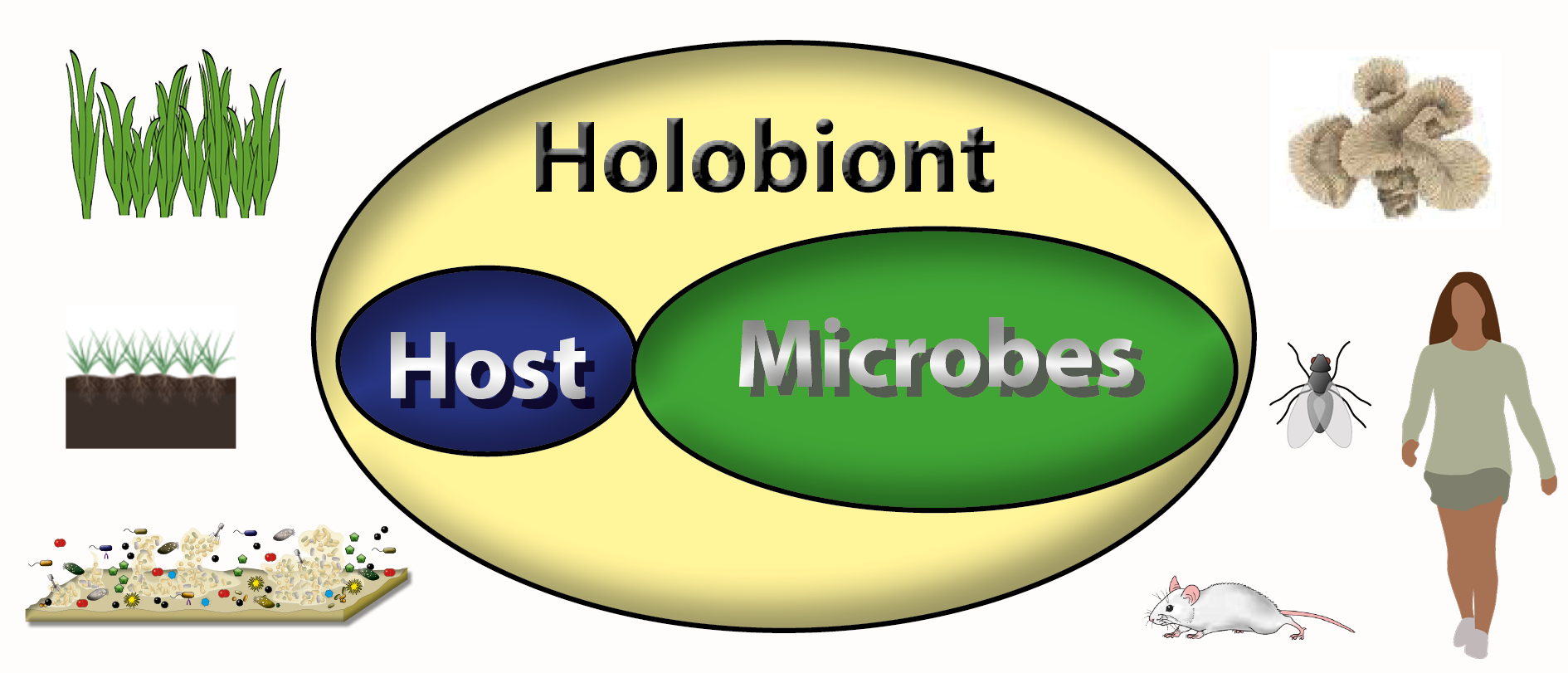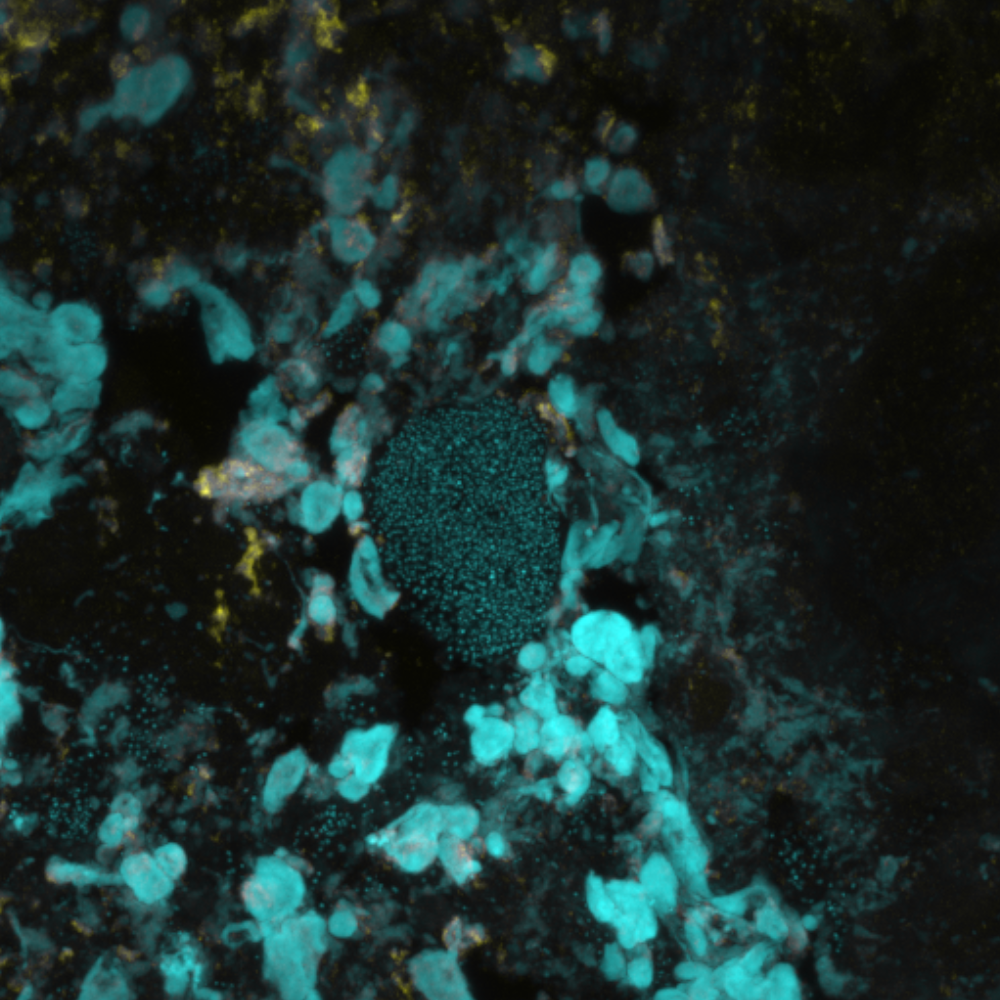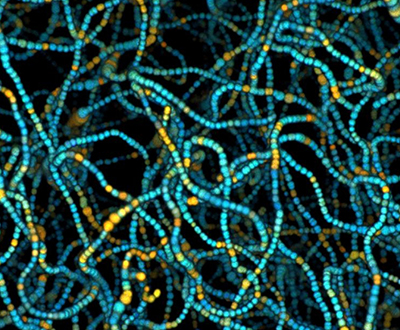Host Microbiome (Holobiont) Interactions
All higher organisms live in intimate association with microbes. The interactions are primarily positive or neutral, with microbes imparting protection from pathogens or providing nutrients to the hosts, which in turn provide favourable niches for residing biofilms. However, microbes are also then causative agents of disease in a host and, as biofilms, are responsible for acute and chronic infections.
Research projects
SCELSE’s host microbiome (holobiont) interactions research covers several host organisms, from plants and invertebrates in aquatic and terrestrial systems to humans, to understanding the broad scope of interactions, and complex associations between hosts and their microbiomes. This knowledge provides insights into the healthy functioning and wellbeing of the host organisms, with broader implications for ecosystem health. The response of an organism to competition and environmental change involves both the host as well as its microbiome. As such, holobiont systems can be manipulated to promote resilience, such as increased tolerance of temperature stress in corals, or modifying gut or skin microbiomes for host health and pathogen deterrence.
Understanding microbiomes as a whole and as component parts is imperative to ensuring a healthy host.
Topics include:
- Indoor air microbiomes and respiratory disease
- Gut microbiome for health and wellbeing
- Microbiomes for skin and scalp health
- Human microbiomes Insect microbiomes
- Rodent (model) microbiomes
- Coral and seagrass microbiomes for resilient coastal ecosystems
- Insect microbiomes
- Plant rhizosphere microbiomes for crop health and productivity


Neutrophils surround an E. faecalis biofilm during infective endocarditis, stained for DNA (blue) and citrullinated histone H3 (yellow).
Microbiome (Holobiont) Interactions: People
Host Microbiome (Holobiont) Interactions publications
Host Microbiome (Holobiont) Interactions in the media
Host Microbiome (Holobiont) Interactions collaborations











